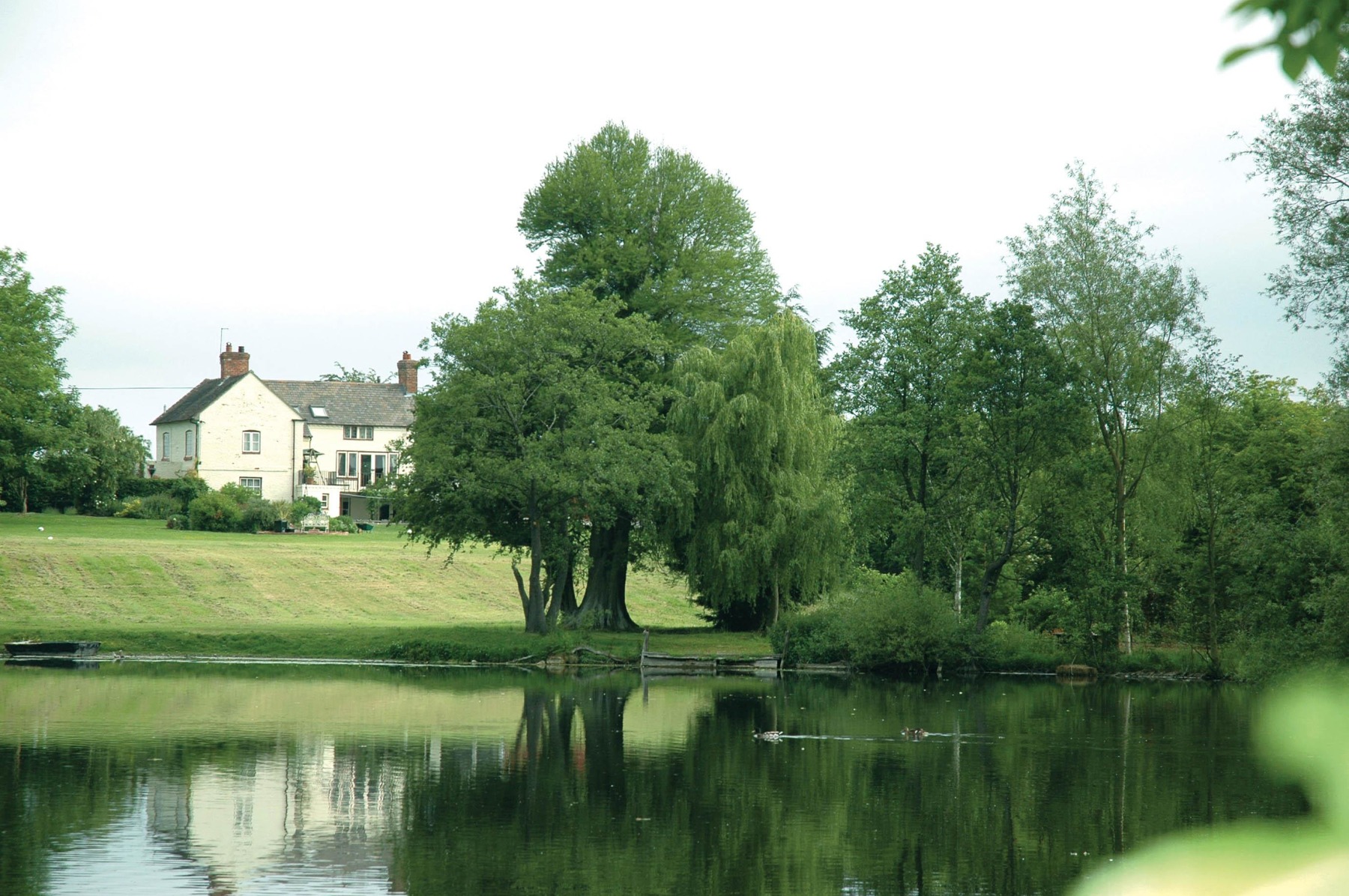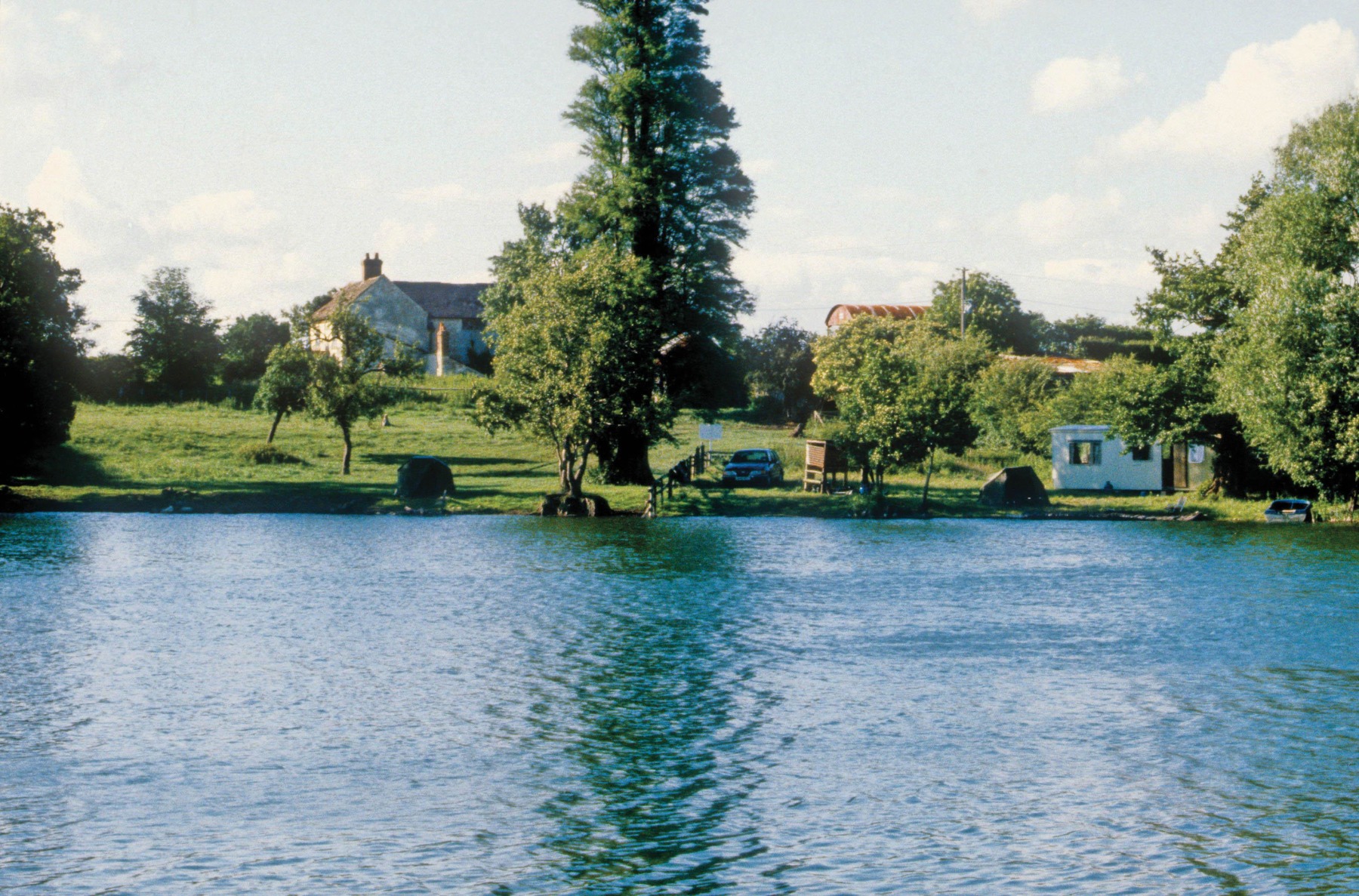The Last Ice Age, Birch Grove, Meres, Baits And Camelot
Tim Paisley continues his picture-related journey, bringing us a selection of images with a deeper, richer and more informed backstory to each of them
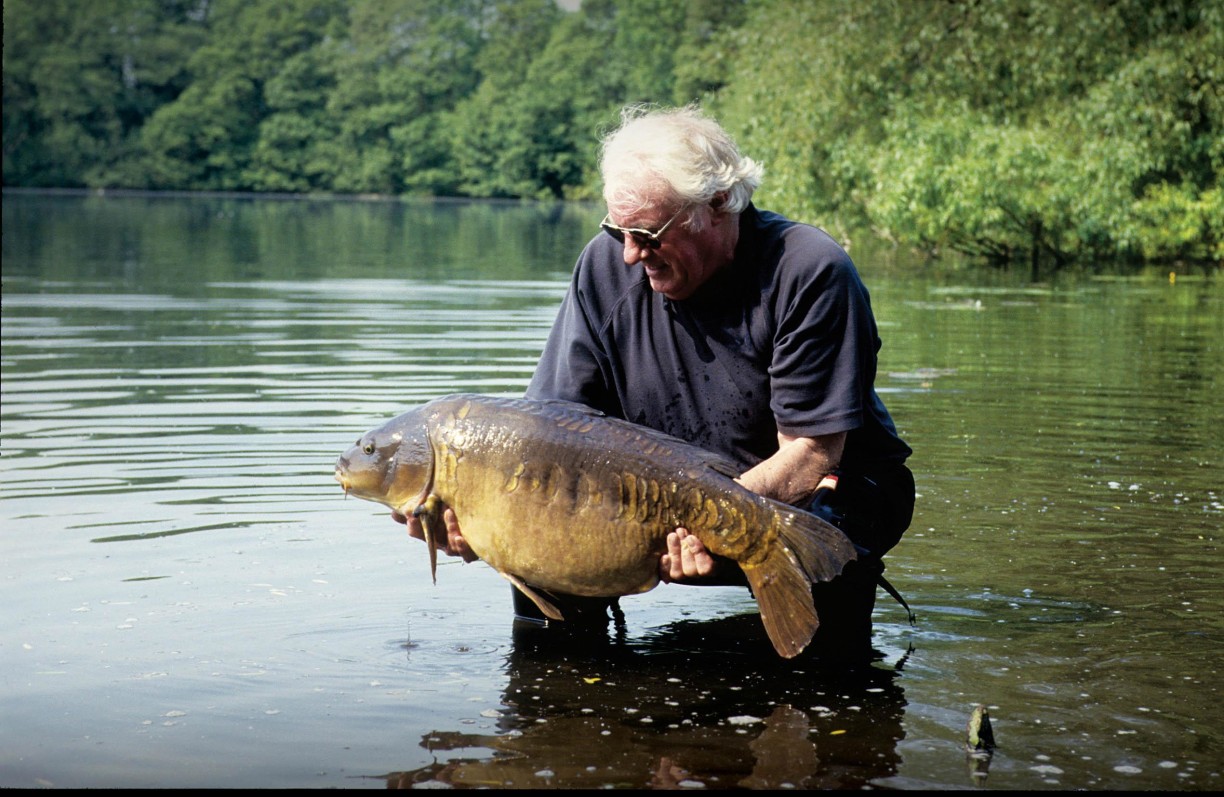
Thom’s ‘Tedious Link’ in the last issue may seem an unlikely starting point for what follows, but as it mentioned my friend Ellis Brazier, it’s as good a launch point as any for the convoluted train of thought that follows, which centres around Birch Grove. I have just enjoyed an ‘opening’ at Birch and Ellis was one of the worthies who showed up for the opening-evening celebrations. He is still a fire-fighter, Thom, and one of the most successful all-round anglers ever to cast a bait, or a fly, or tease a deep-sea lure. Giving him full credit for his angling prowess isn’t really part of my brief here, so I will limit my mention of him to that brief summary of this extraordinary countryman’s angling achievements.
When I saw my last month’s offering in print it occurred to me that I may have been taking too much for granted of a readership which may not know who I am, or have any familiarity with my carp-fishing life other than the four-part interview published a few issues back. I mention that because I didn’t qualify who ‘Mary’ was. She was my marvellous late wife who died of cancer in 2003, and the current well-maintained and well-equipped lodge at Birch was built mainly by John Lilley, to commemorate her passing. For the first decade of our relationship with Birch she was the Lady of the Lake, and Birch openings were akin to Christmas and New Year celebrations, with Mary as the hostess. It’s a tradition we try to carry on, on a more minor scale, with my partner Julie as the hostess. So perhaps the very mention of Birch Grove and its environs deserve more explanation than I thought when I started compiling this piece.
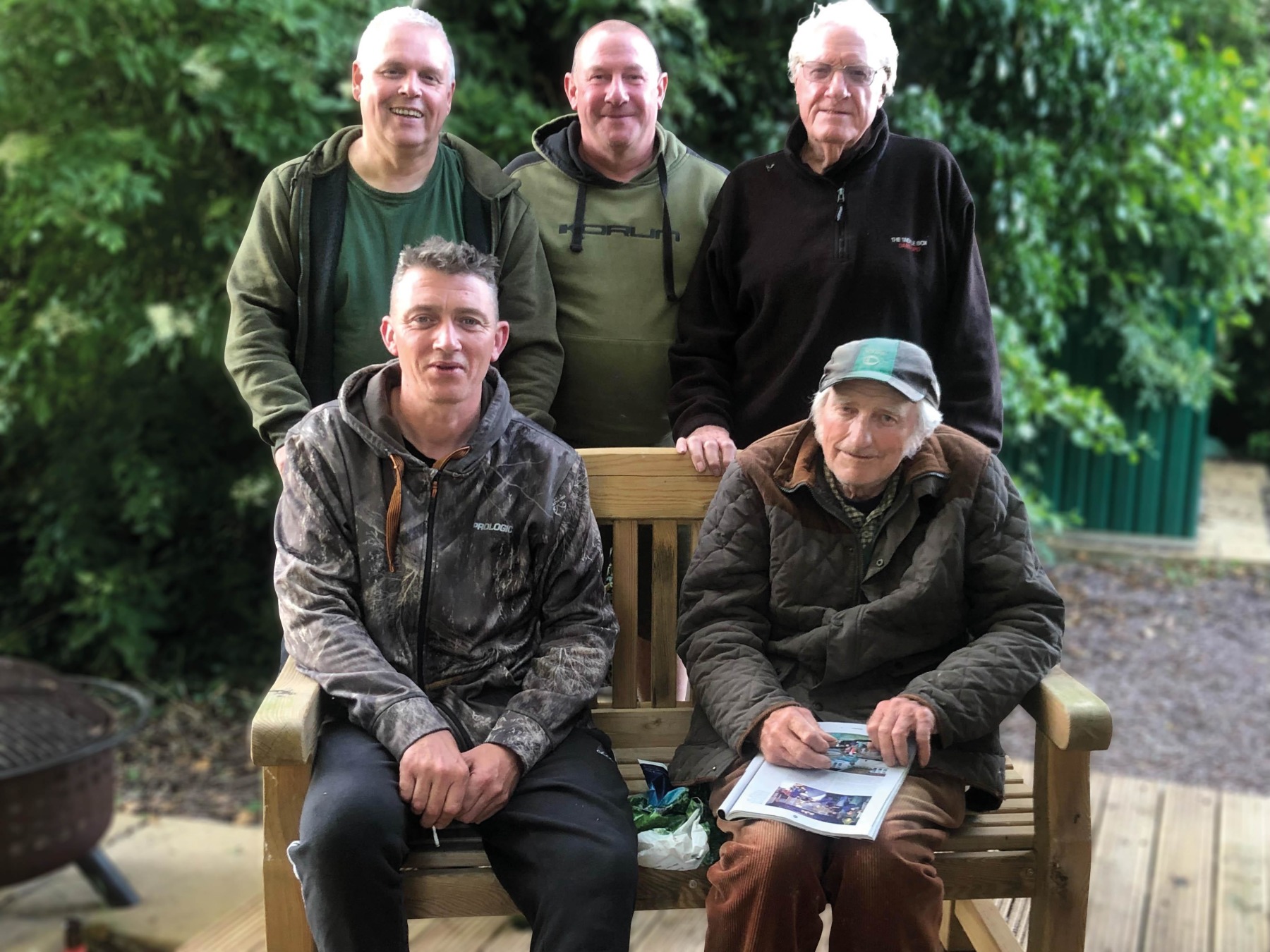


Birch Grove is one of four Ice Age meres in close proximity to each other near Baschurch, north of Shrewsbury in Shropshire. The four meres are the Mangrove, Fenemere, Birch Grove and Berth Pool. Their life as carp waters dates back to the seventies when Ray Stone and his late brother Reg stocked them with fish from the Isle at Shrewsbury. Shocking, maybe, but it happened in those days, and their efforts have already been put on record in the public domain. The Isle is a prolific breeding pool and I have the impression that many of the Shropshire and Cheshire carp waters (and beyond) were stocked with Isle carp. (Sorry Prince Albert, but you probably run many of those waters!) Ray and Reg kept a record of the 1,957 carp they moved to the four Baschurch meres in a two–year period in the early 1970s, of which 440 were stocked into Birch Grove. I think it is fair to say that prior to our tenure of the waters—especially during its day-ticket era of the late seventies and early eighties—on occasion Birch Grove became a transit camp for carp on their way to other midlands and northwest waters.
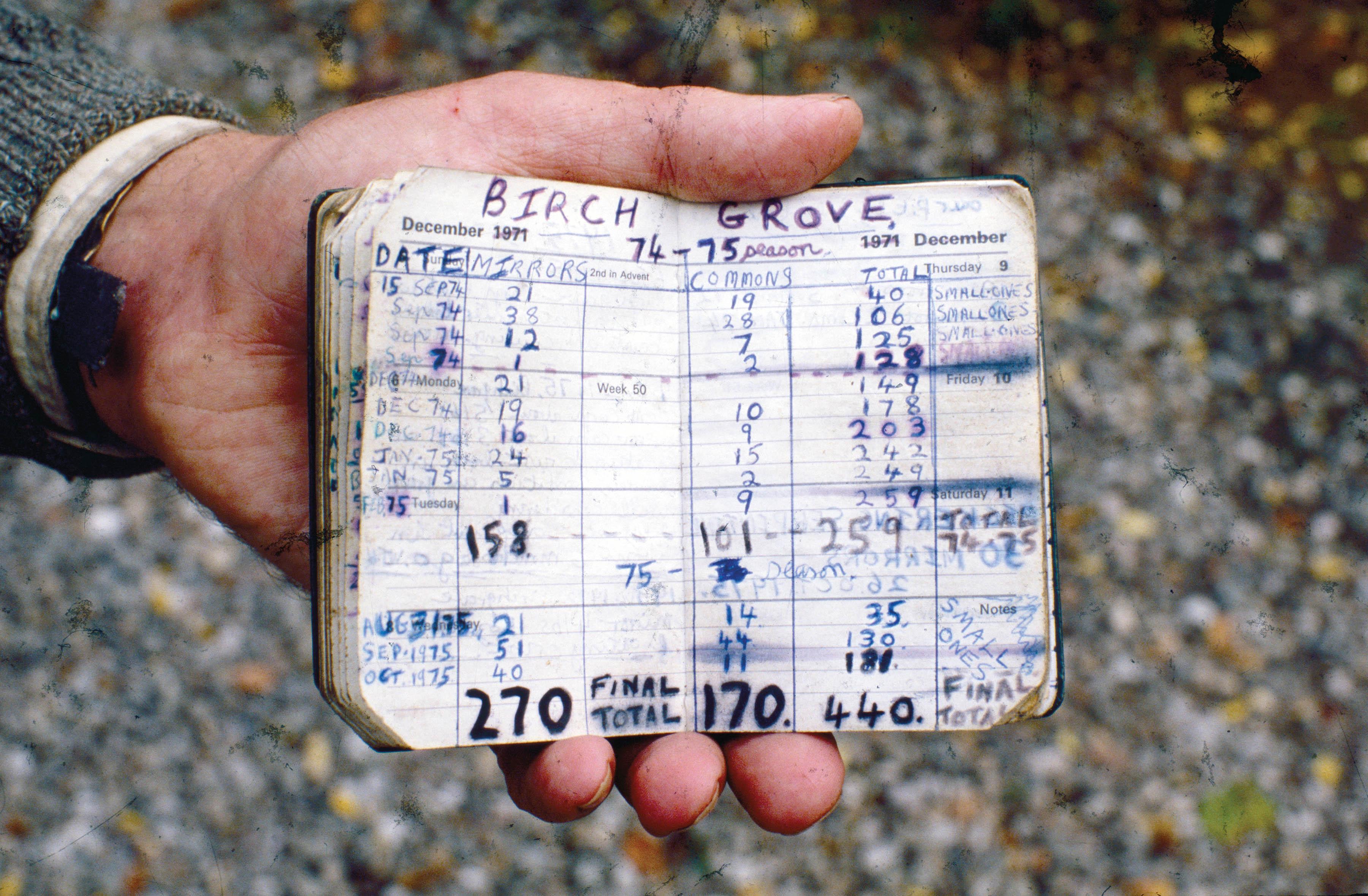
Our relationship with Birch Grove began in 1989 when Mary and I took on the running of the Mangrove and Birch on behalf of the owners, the Gwilt family, later with the assistance of Mary’s daughters Pip and Jemima when they joined Angling Publications. For three years prior to our involvement with Birch it had been rented for the personal use of one Tony Murtagh from Cheshire and, reading between the lines, the main bait in use on the water at the time was peanuts. So while the richer waters of Fenemere and the Mangrove were producing good thirties by the late eighties Birch was a ‘doubles water’ housing maybe a couple of twenties. The fish were pale and anaemic-looking and our introduction of quality baits to the water had a remarkable impact. From producing two twenties during our first year it went on to become a prolific twenties water the following year, and by the late nineties there were at least thirty-five different thirties in the five-acre pool. One of my most memorable results on Birch was a 19-fish early season catch which included ten thirties and another known thirty at 29lb 12oz.
We ran the waters for nigh-on thirty years until Angling Publications ceased to be and we needed continuity for the telephone bookings for the Birch weekly summer-season lets, which Pip had always handled. The lakes are now controlled by Steve Guy and his wife Lisa under the Carp Waters banner with local day-to-day running in the hands of Dave Haughton and Wayne Russell, with the help, when required of the aforesaid Ellis Brazier, whose many talents include tree expertise.
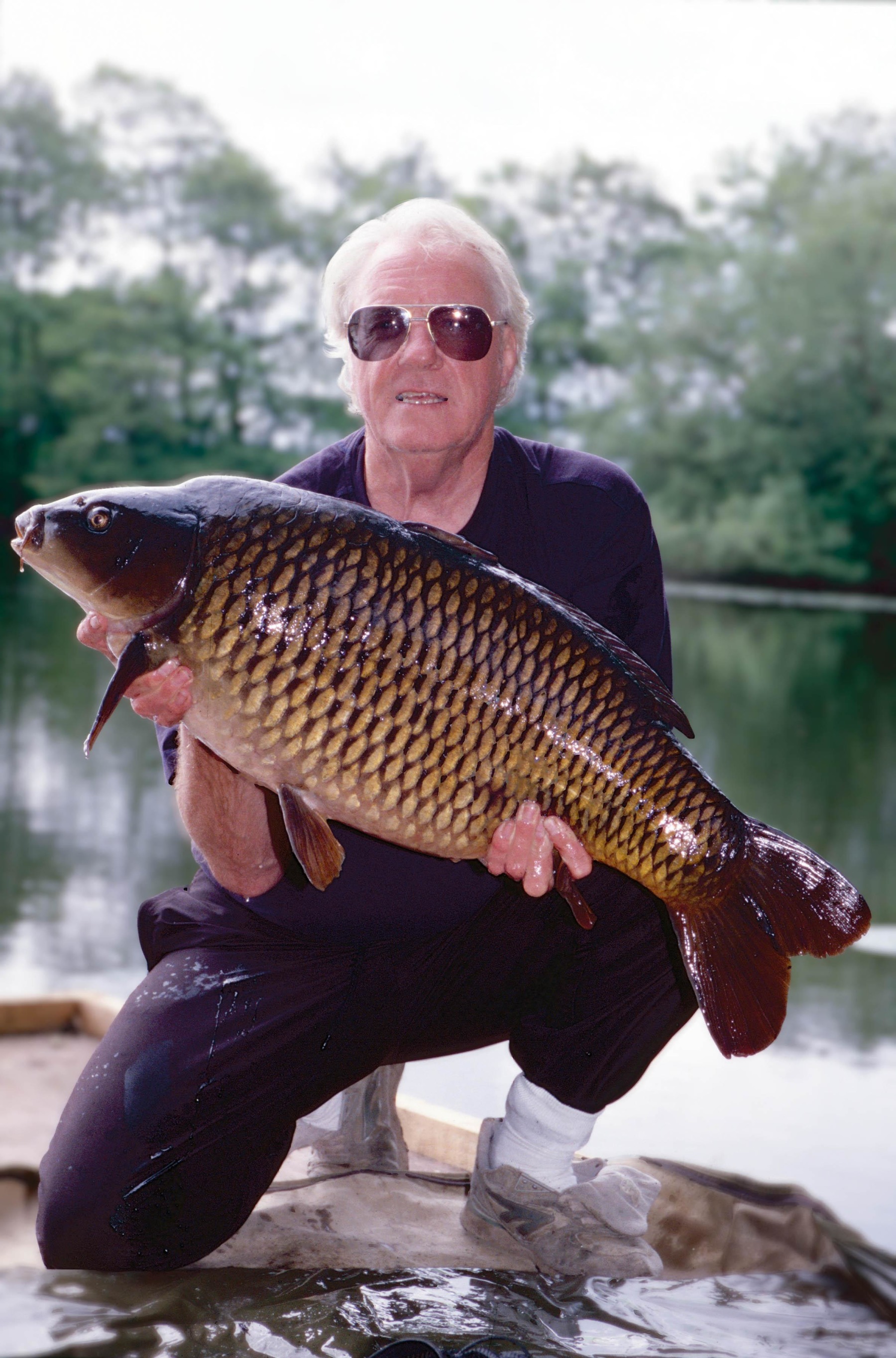
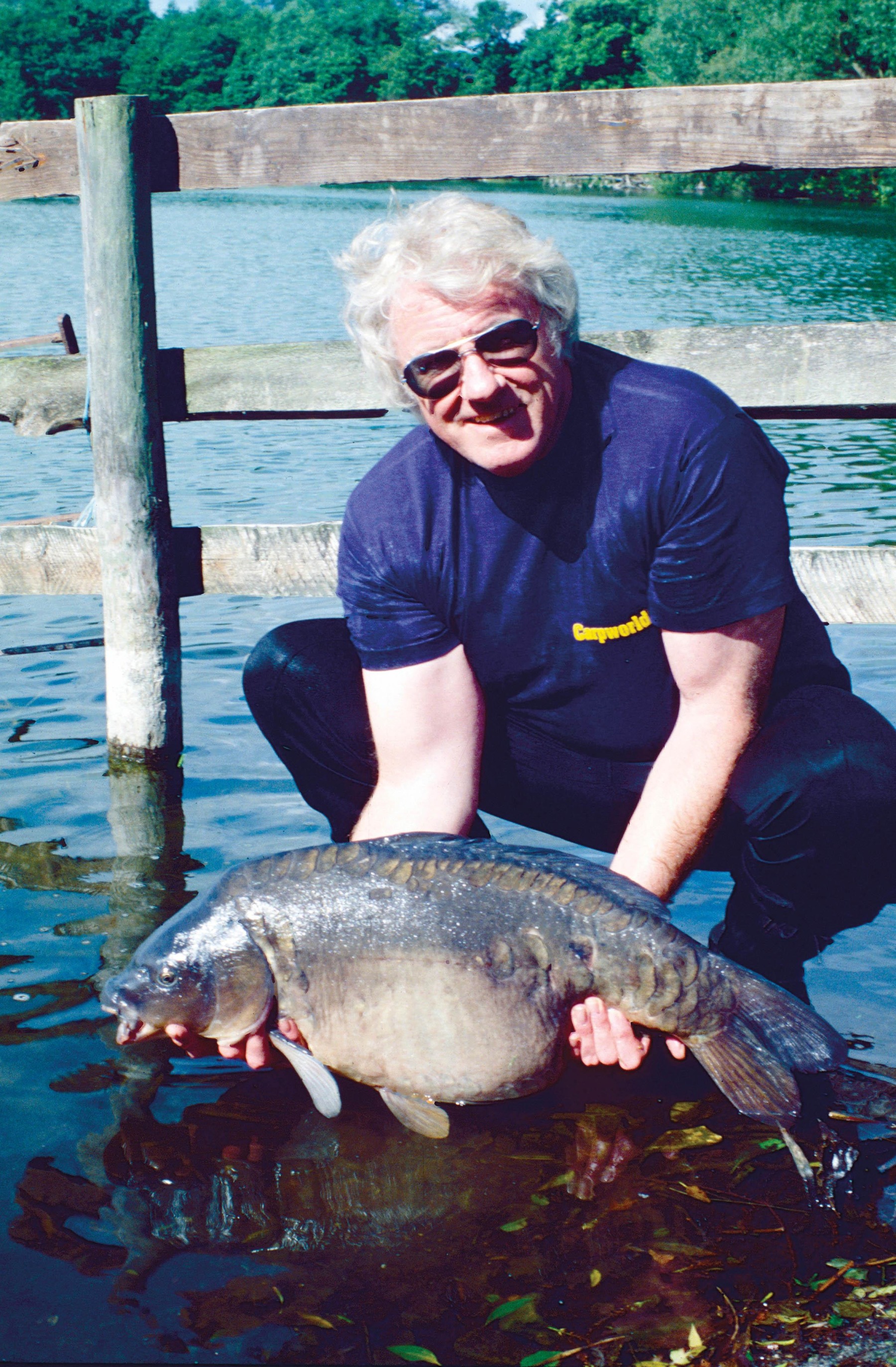
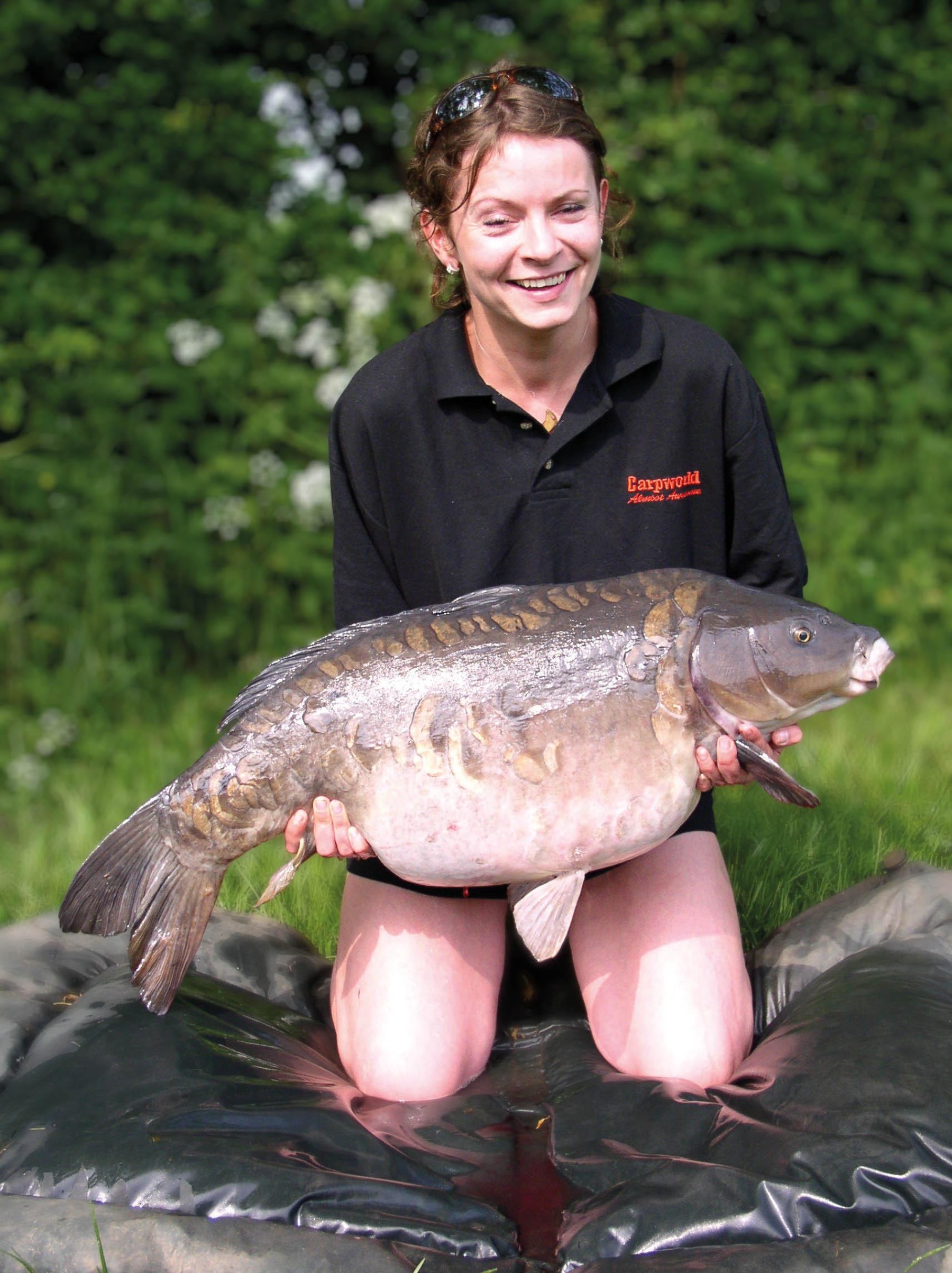
15th June next year will be the fortieth anniversary of my first visit to the waters when I fished the Mangrove in the company of one Dave Preston, later of Preston Innovations, and an ongoing innovator on a grand scale. To lean on Thom’s fascination with links I’m told Dave recently paid a glowing tribute to Ellis Brazier in a podcast. I explore the beginnings of my relationship with the Shropshire waters, and people, and the formation of the first Mangrove syndicate in 1989 in greater detail in the book I’m compiling.
Some of you may not know but I was Bill Cottam’s partner when we started Nutrabaits in the mid-80s, although I later stumbled, somewhat fortuitously, into a writing and publishing career. I had a fascination with bait back then and designed the original Nutrabaits’ range, including the prototype Hi-Nu-Val and some of the additives (The Addits) we used, and later marketed. Long before pre-digested bait ingredients became available I was big on the use of enzymes, and the bait I fished on Birch was a milk protein enzyme-based bait which included one of the main protein enzymes, trypsin. (I can’t be more specific about the baits and additives I developed because when I moved on from Nutrabaits the recipes stayed with them.) I’m firmly convinced that it was the introduction of this enzyme-based bait that led to the remarkable growth rates achieved through the nineties. I think it’s no secret that the three Addits were for added attraction and digestibility, and enhanced taste.
I compiled the Addits originally because I was always nervous of the use of flavours in baits. My HNV baits were Addits-oriented with back-up from an essential oil. The word ‘essential’ suggested to me that there was nutritional significance in their use. My friend Jon Shoes Jones wrote a piece for CARPology some time back about flavour levels and washed-out baits on Birch Grove which rather implied that he out-fished me on a session because he was using washed-out baits. Being out-fished by others was never a novel experience, but over-flavoured baits was certainly not one of my problems. I have never used flavours, and don’t recall fishing with John, although I have been in his company at Birch on a couple of occasions!
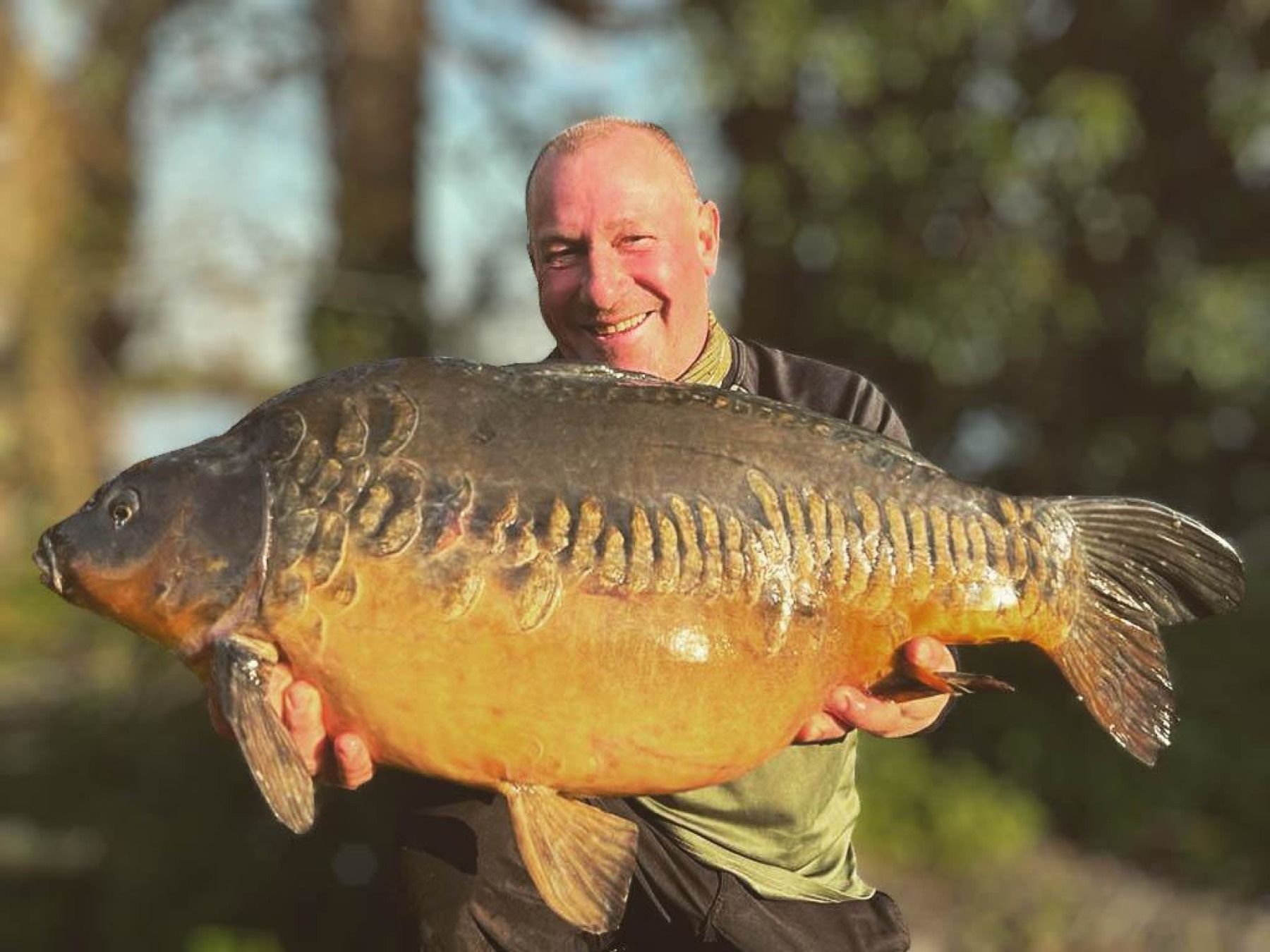
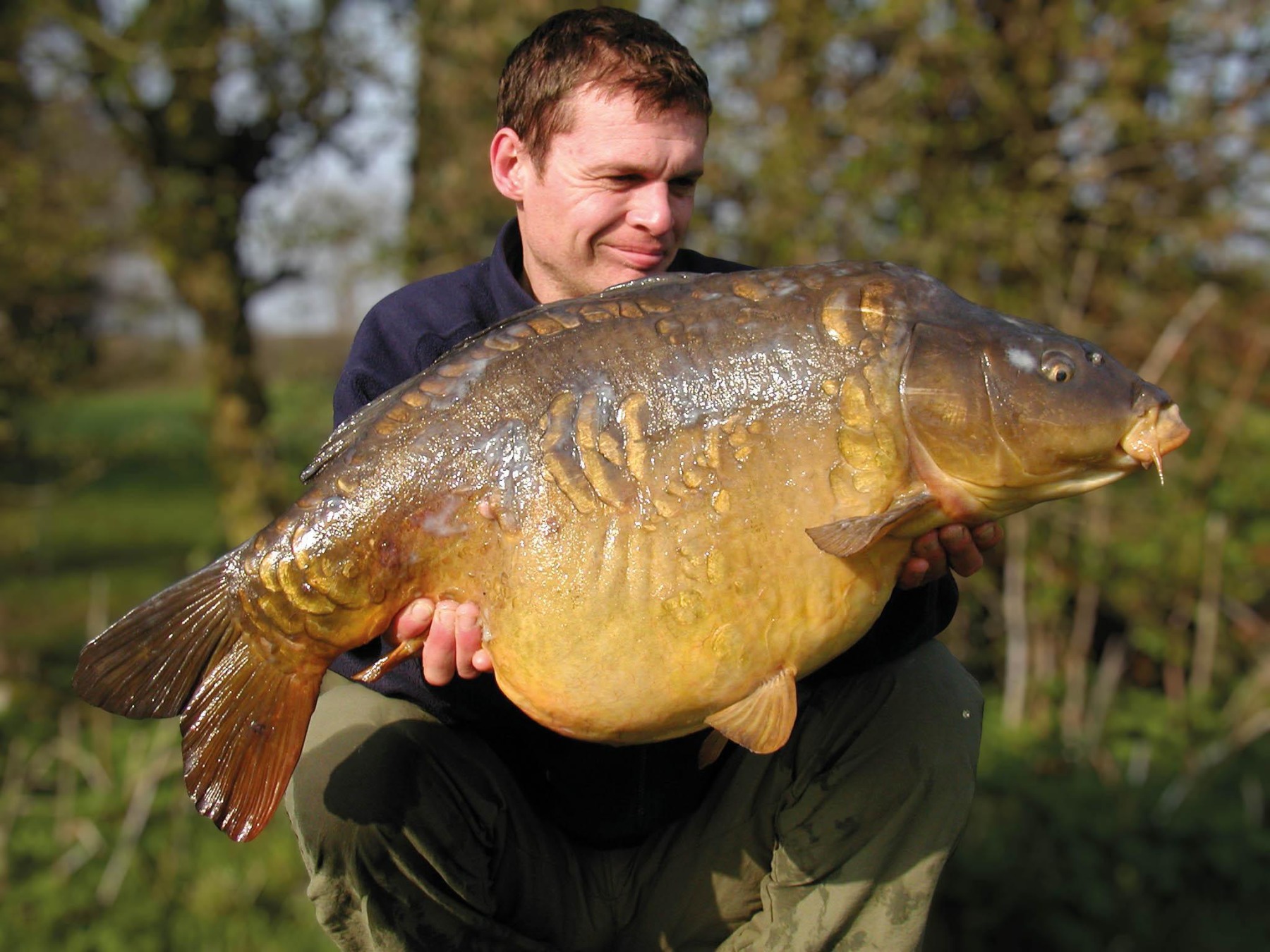
I started using Mainline baits in the early 90s, which may seem odd seeing I’d designed some very effective baits for Nutrabaits. There were two reasons for the switch, although I have continued to use Nutrabaits’ products on and off ever since, and feel that their bait Trigga (the name implies enzyme activity to me, as does the word ‘Activ’ in some Mainline baits, but that’s conjecture) is the best big-fish bait I have ever used. The first reason for the change was that when I was fishing baits I’d designed there was always a temptation to mess about with them: there’s always ‘the something better’ syndrome with baits which we can all fall foul of.
The second reason for the switch was that at the start of the nineties, Mainline’s Grange plus CSL was taking the scene by storm and was coming up with some outstanding winter results. I was a year-round angler back then and I was always in a quandary come the back end of the autumn. You established a bait through the season and hoped for the best-possible results from it come October and into November. But then what? Would that bait work through the winter? And if not, when did you make the change? The Grange suited me fine. It was not markedly flavour-oriented, as Mainline’s baits have tended not to be, and I had a feeling I’ve never been able to confirm (and haven’t asked) that the bait was an enzyme-carrier. In fact, the Grange did all I asked of it and was the bait I used through the Mangrove winter of 93/94 when I caught 39 Mangrove fish between the end of November and the shut-down at the end of March, including two personal bests in December.
I learnt a lot about winter fishing from the Birch fish, which may be better explored later in the year. One of the tactics I came to depend on, and still do, was introducing new bait over an in-situ hookbait. This came about by chance. At the end of the nineties the Mangrove syndicate changed to bi-weekly. The closed season had been scrapped by then, but we kept it in place on the Mangrove. The first rota was due to start circa noon on a weekday. I was fishing Birch and would have to reel in at around eleven to greet the new Mangrove members. I was in a ‘do something’ frame of mind so I went out and scattered some hemp and pellets over an overnight hookbait. Half an hour later it was away with the coveted Video Fish on the end!
You need to know that the hookbait will survive for long periods to rely on the tactic but it’s one I use on all my big-water fishing now, and one I described on a Kevin Ellis (another Thom link!) video filmed at Rainbow a couple of years back. The use of PVA and ‘new over old’ are what I consider to be ‘confuse a carp’ tactics. The moment I have to move a hookbait I feel I am starting all over again, which can be counter-productive with some pressured fish.
Bait application has always occupied my mind. How much, if any, and when? On an ongoing basis my strategy is to introduce bait as far ahead of feeding-time as possible, but there was a recurring quirk with Birch winter fishing. The most productive period was late morning to early/mid-afternoon so I would arrive at first light at the start of a session and trickle in some bait. Surprisingly frequently this would result in a fish on the first day of the three-day sessions. One could deduce from that that they were ‘having it’, so I’d top up, which tended to be counter-productive for reasons I’ve never fully understood. It took me a couple of winters to figure out that wasn’t just ‘one of those things’ and was a mistake, and the kiss of death for the rest of the session. So thereafter in winter on Birch and the Mangrove my initial bait introduction was the only one and any topping up would be with PVA stringers, or bags.
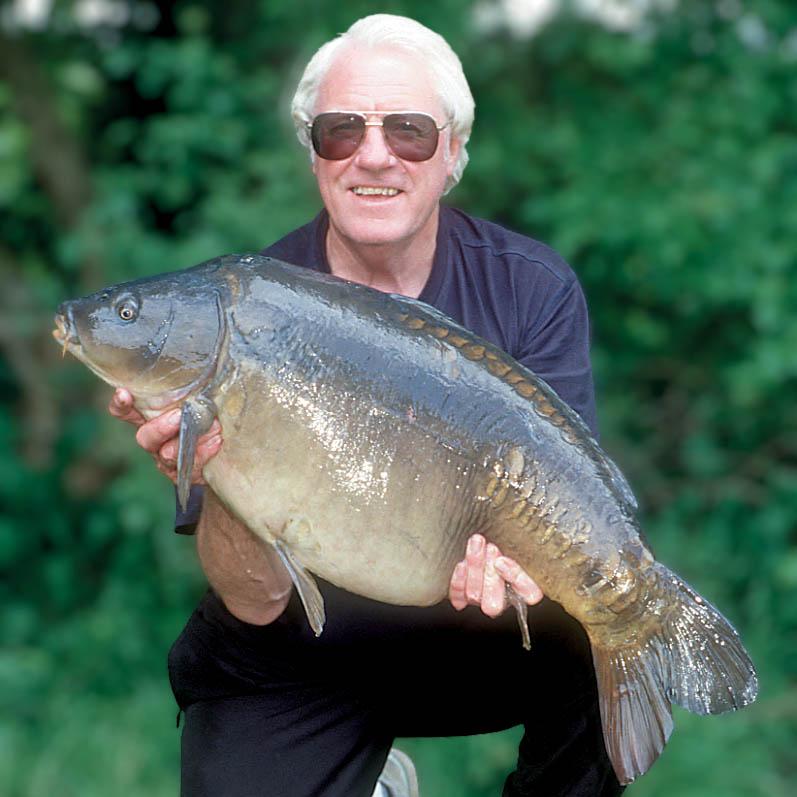
Going back to flavour and flavour levels, Hutchy always had some interesting comments to make on the subject. We explored the subject at some length in the Hutchinson Tapes and what follows more or less sums up one of his beliefs in a nutshell.
‘To be quite honest I think a lot of attractor levels depend on how heavily a water is fished. You get a heavily-fished day-ticket water and I think that to a certain extent it becomes almost like a saturation of the senses tolerance with flavours. On one water you may have to use a really high flavour level for it to be instant. Take a flavour like Maple Cream for instance, one of my old favourites. On a hard-fished water I am probably going to use it at 10mil to the pound, but I know very well that it works well at 2mil to the pound on waters that haven’t been caned.’
Through working with baits, Rod’s own senses were flavour-saturated. You walked into his bait factory and the smell knocked you on your back – but Rod couldn’t smell a thing!
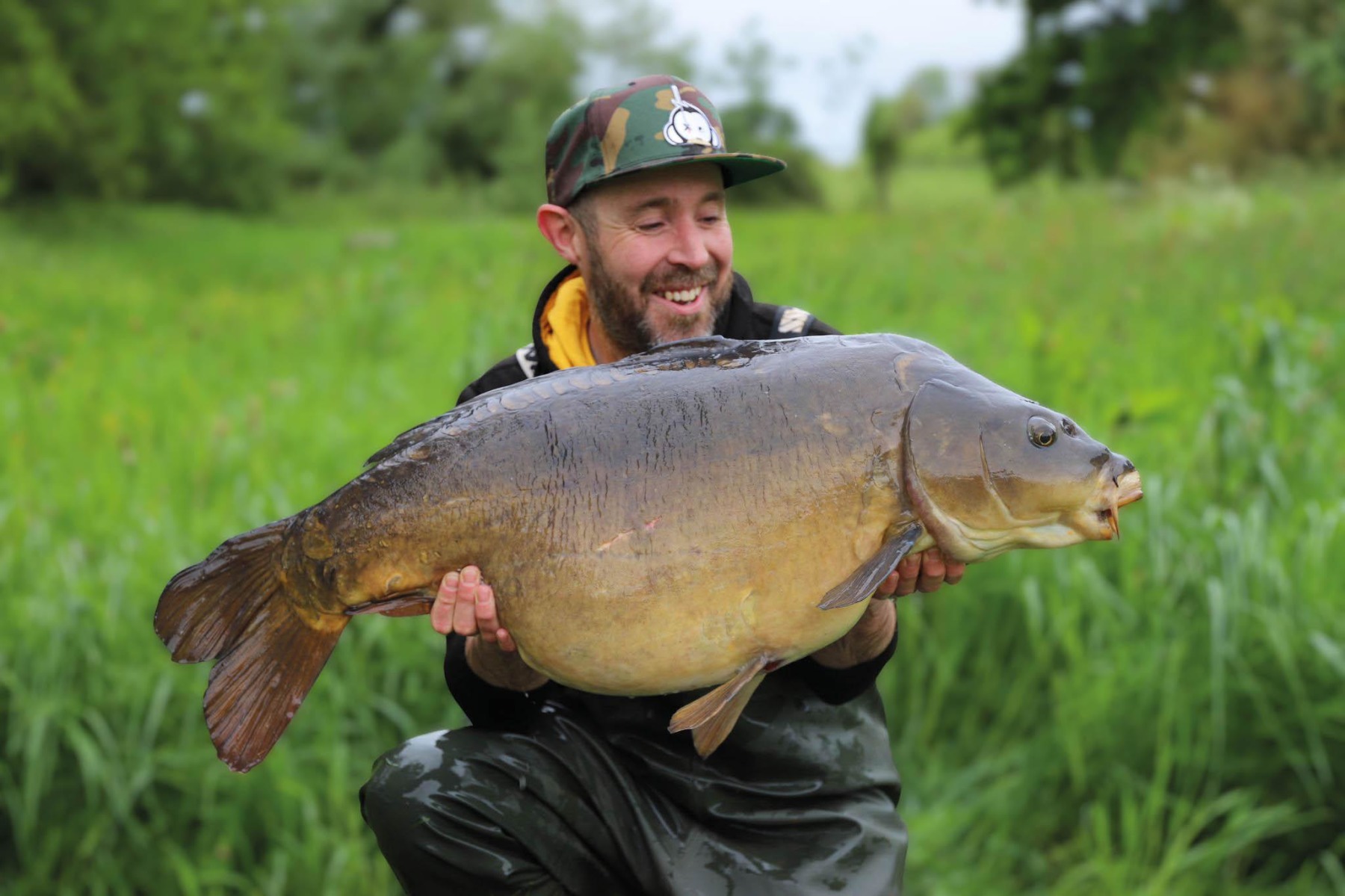
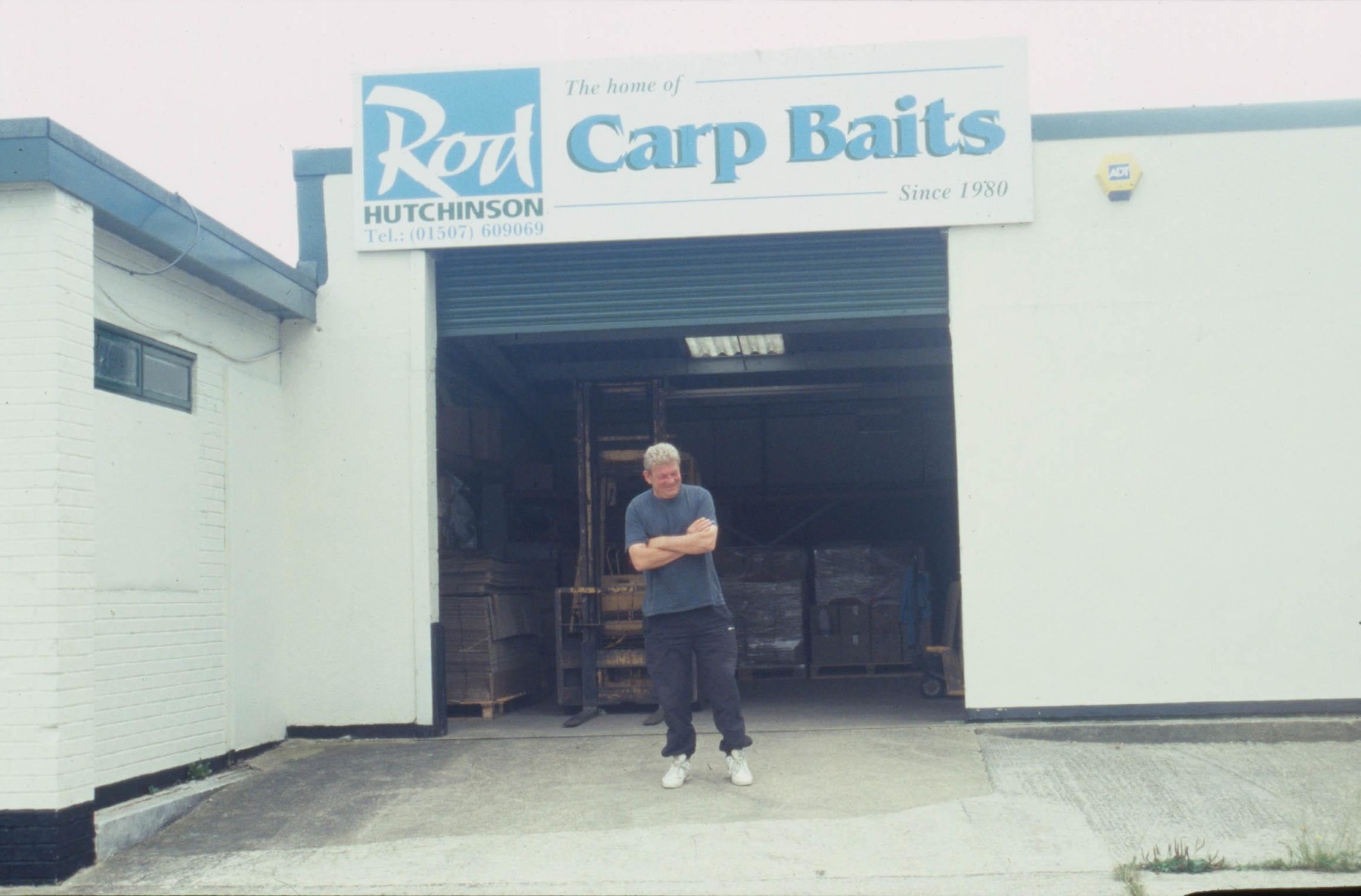

My nervousness of flavours came from the fact that as a rule I wanted an ongoing bait. Where is the borderline between a flavour level which will attract and won’t damage the long-term effectiveness of the bait? As a mainly long-session angler that mattered to me. If you fish overnighters, or short sessions that may not matter as much, and it matters far less with hookbaits the fish aren’t going to eat.
Until we compiled the Tapes I had always wondered why gravel pits tended to be more conducive to fish growth than silty waters, and it was a subject Rod and I discussed. This is part of Rod’s explanation for the difference:
‘The thing about silt in estate lakes and meres is that it is dying. I think that will depend on the size of the lake but generally as things are dying you get a decreased pH, and that affects a lot of natural food animals. With very silty lakes the main problem is that you come down to one (natural) food source: you get down to all bloodworms; there is no alternative for them to eat. In gravel pits you will have some areas with silt, which will provide you with your bloodworms, then as you come up the bars you will find pea mussels and zebra mussels. If there are any sandy areas you may get swan mussels (which may be present in some silty waters). As the life of the gravel pit progresses it is coming to a peak where weed can grow. When weed comes you can then have your shrimps: you have got to have weed for snails to survive. And snails are a great food source.’
Rod carried all this in his head. I used to listen to him in wonder during the taping, and feel that same sense of wonder every time I revisit the Tapes. Rod’s comments about silt emphasises the need for the regular treatment with ‘lime’ to keep it as alive as possible. Rainbow, the Mangrove and Birch are all treated on a regular basis, as I’m sure many other silty waters are.
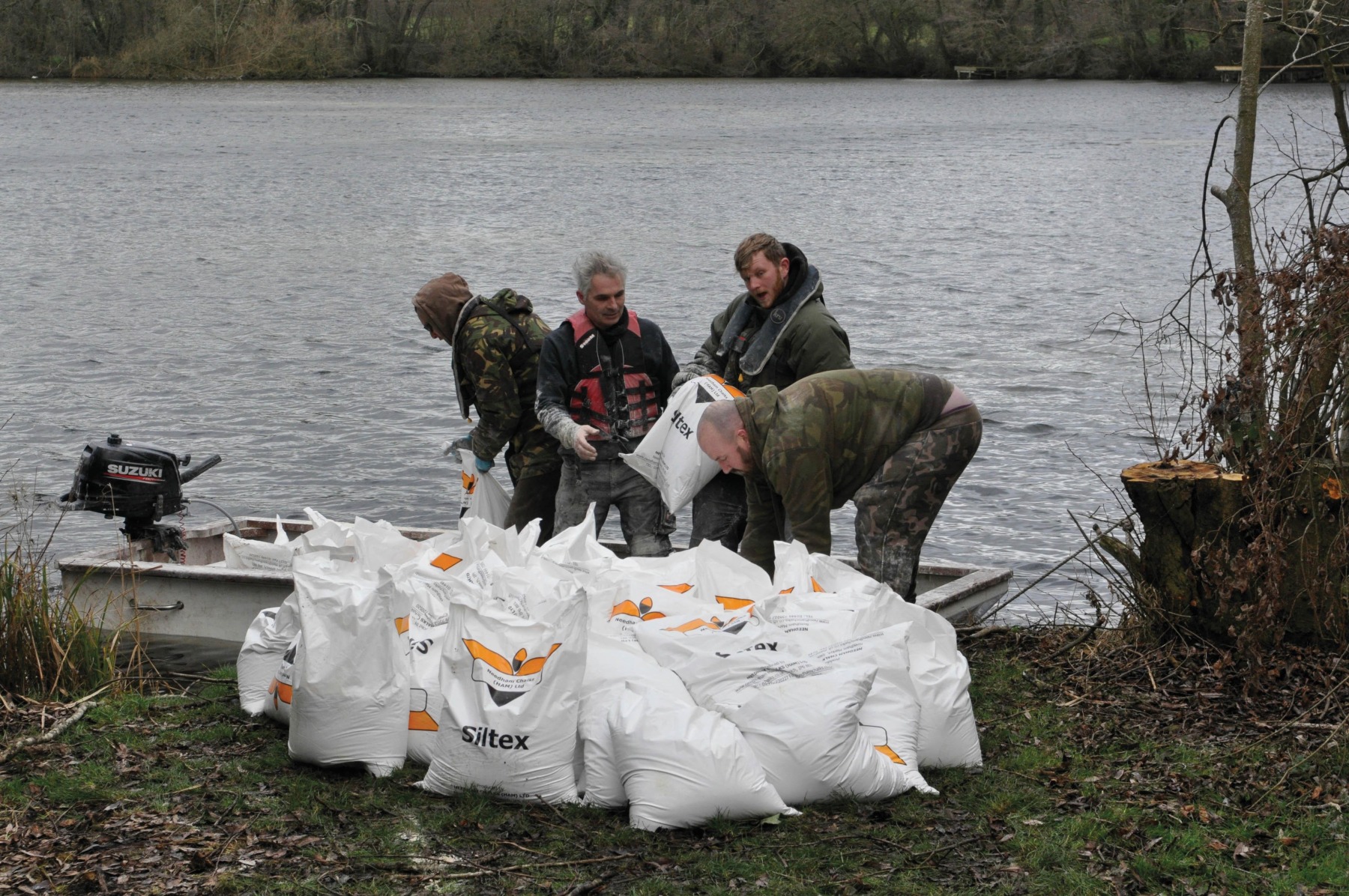
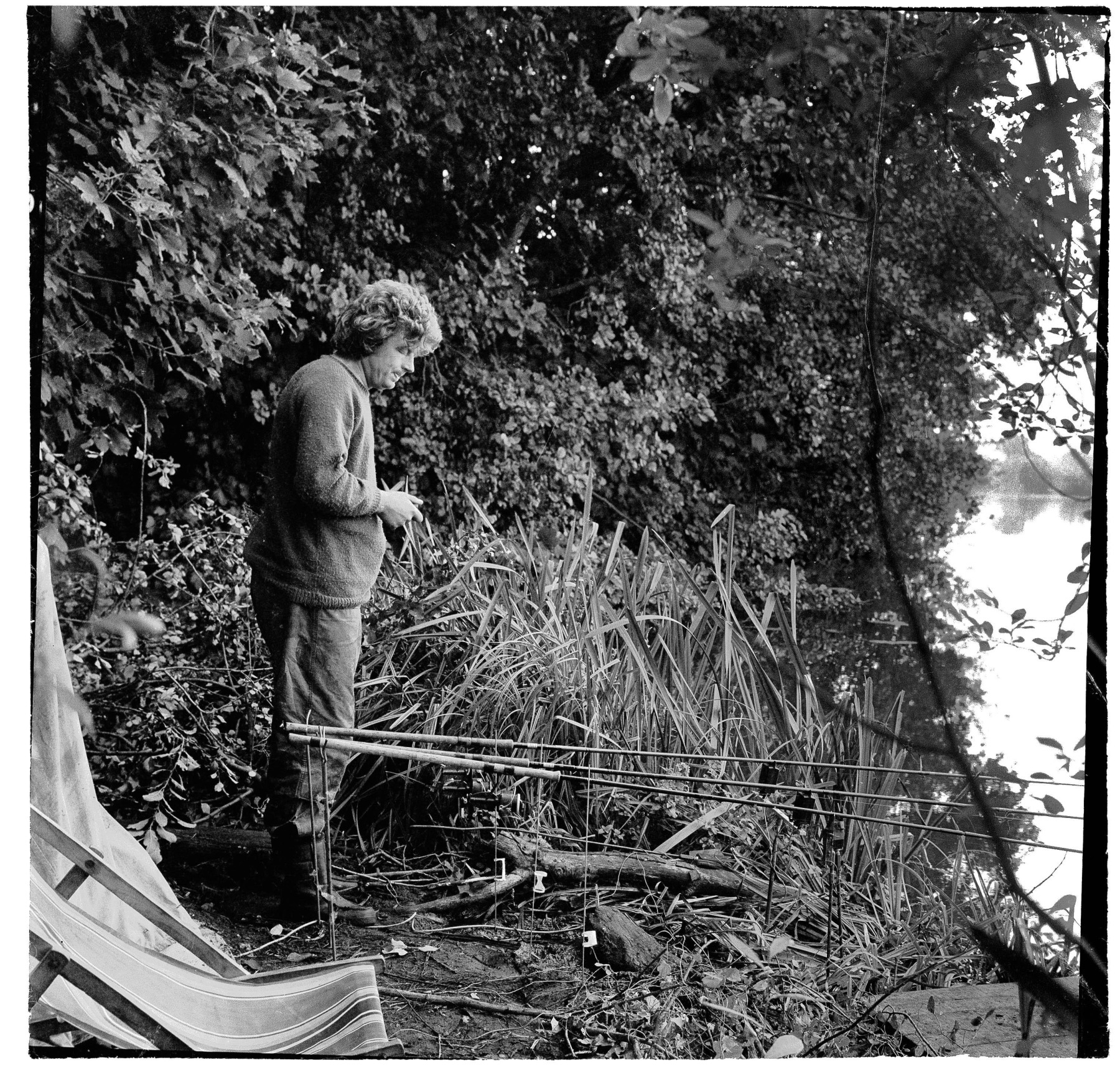
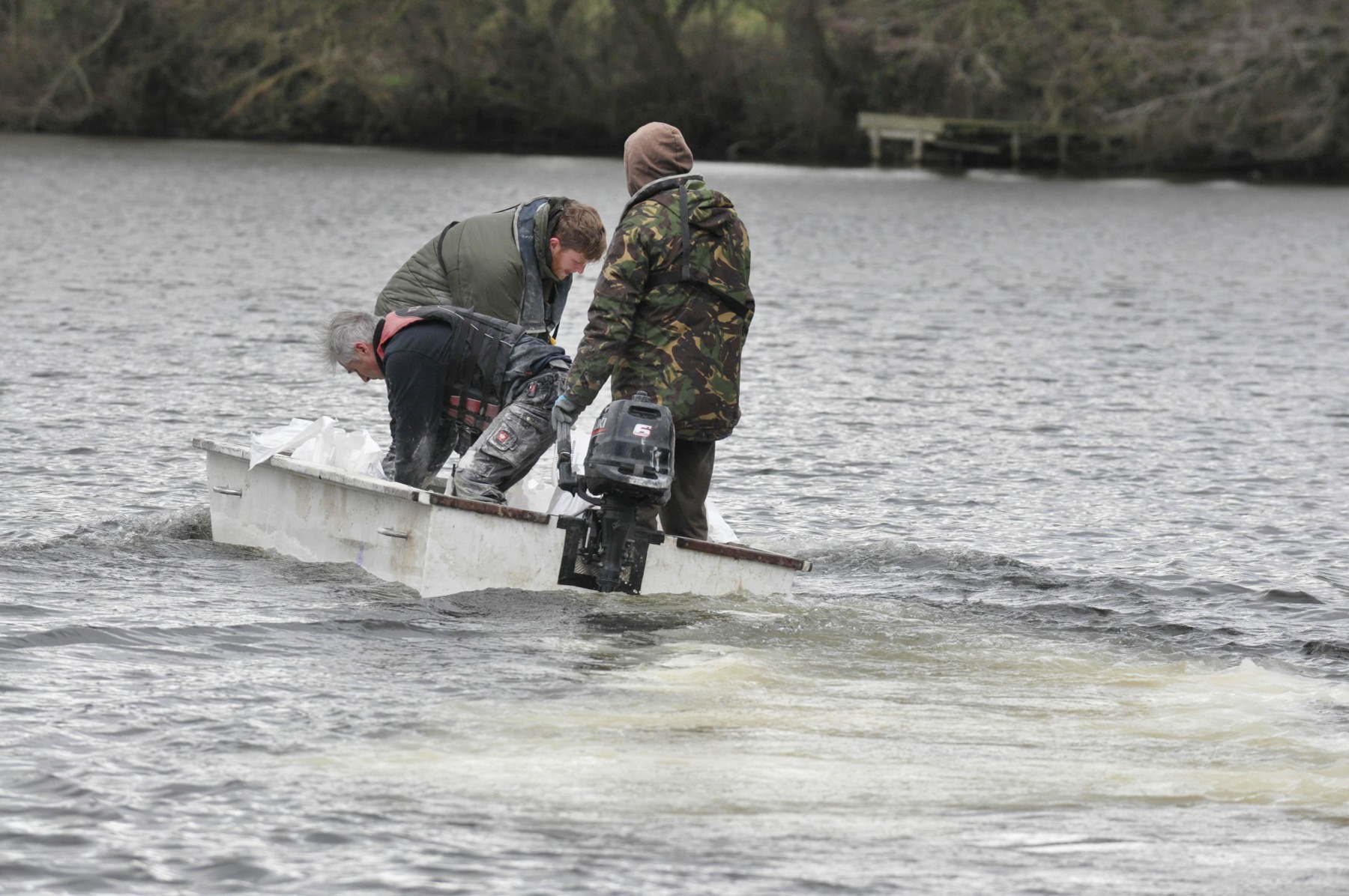
So far this has been straightforward, focusing on a group of Ice Age meres stocked with carp in the seventies, which now brings me to a link to King Arthur for which even Thom might be envious. I don’t know how I chanced upon the book ‘King Arthur The True Story’ by academics Graham Phillips & Martin Keatman, but stumble upon it I did. The book went around the houses at some length to arrive at the conclusion that King Arthur was actually one Owain Ddantgwyn (Danwyn), and that Avalon was actually the Berth at Baschurch, where excavations are taking place at the present time. Here is an internet passage from mythbank.com referring to the book, and theory:
‘…if the kings of Powys were buried in Baschurch, and if King Arthur was actually Owain Danwyn, a king of Powys, then he would logically have been buried in Baschurch. To add to the case there is a local legend that a prince was buried, with his men nearby, in the Iron Age earthworks known as the Berth (adjacent to Berth Pool). This is on the outskirts of Baschurch. This can be taken as supporting evidence for the Berth being the site of Arthur’s grave.
To add to the case, at the Berth is a place called Birch Grove. ‘Birch’ was the original meaning of ‘Sir Bedivere’s’ name. According to the romance tales he took up residence at the site of Arthur’s grave. Thus, so the theory goes, this place name at the Berth (Birch Grove) may come from an English translation of Bedivere’s name.’
Berth Pool and Birch Grove are a couple of hundred yards apart. Graham Phillips continued his research after the publication of ‘King Arthur The True Story’ and wrote a second book, ‘King Arthur’s Burial’, which I have ordered but which won’t arrive in time for me to include references here, but I believe it comes to the conclusion that King Arthur was buried at Birch Grove. The only birch trees at the water are those we planted some years back!
The late Roger Smith used to maintain that a carp water was simply a hole in the ground with water in it. It’s not a sentiment I have ever shared. Snowberry felt like home when I first went there. I was overwhelmed by a feeling of timelessness when I first went to fish the Mangrove, a feeling which stays with me to this day. We were captured by a similar feeling of peace and timelessness when we took over and started fishing Birch Grove. According to legend King Arthur is buried thereabouts. Mary’s ashes are scattered there. Julie shares that same love of the place and with the passage of time my ashes and hers will join Mary there. Ellis Brazier once said to me that it was my writing that had added a sprinkling of magic to the area. I disagreed with him. The magic was already there: my writing just drew attention to it, and forty years of visiting our friends in the area, and fishing there, hasn’t lessened the magic one iota.
I’m tempted to say that Birch Grove has, in time, and for one week in June, become our Camelot, but that would be stretching your patience a tad too far, so I won’t.
